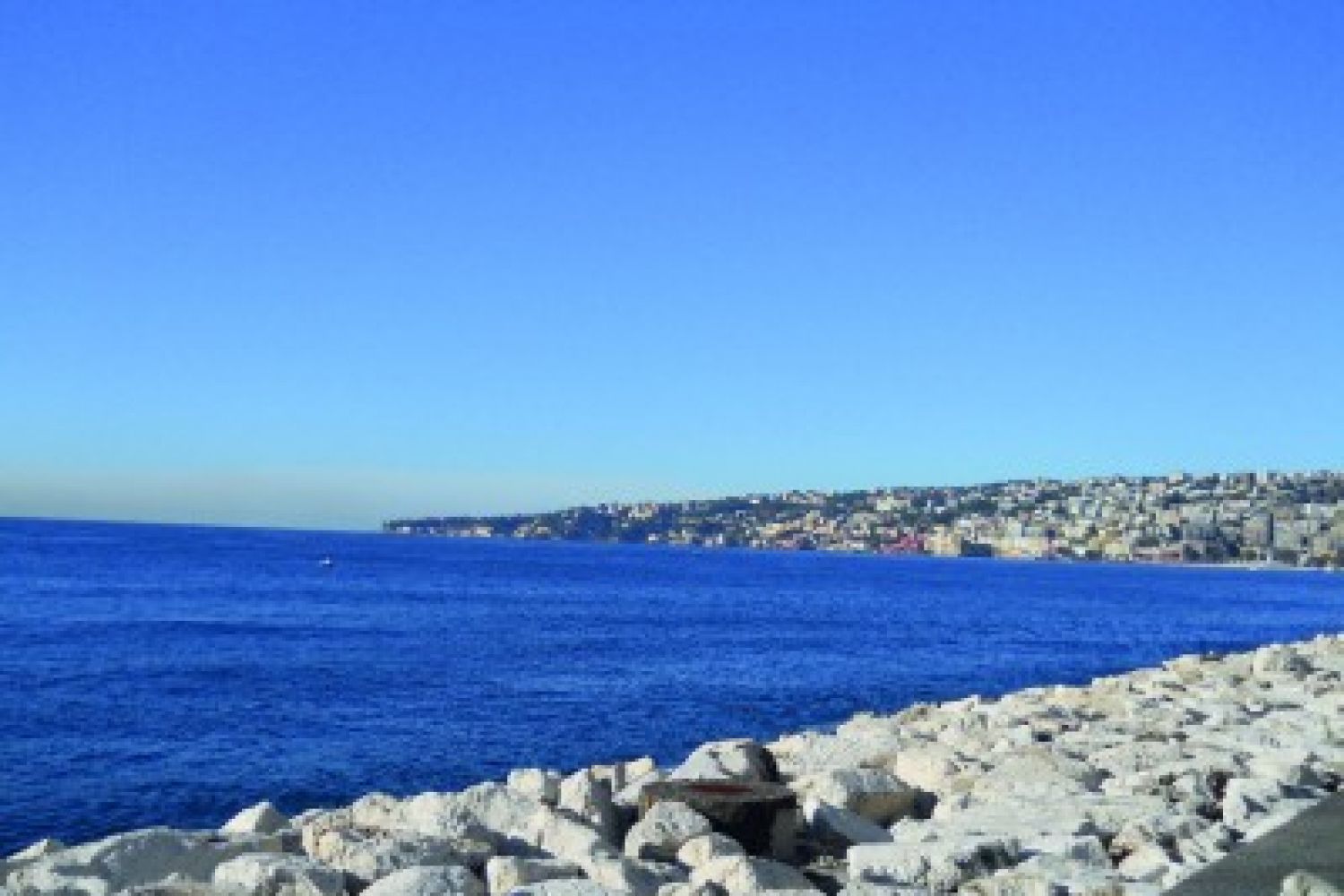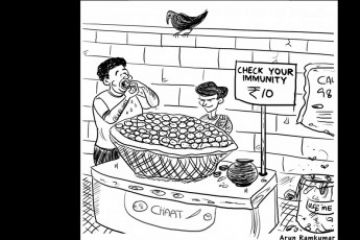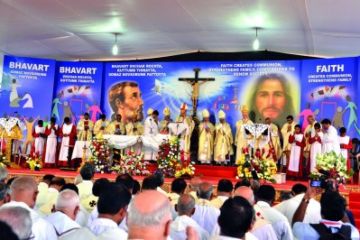
There is a green woodland park near the rural town of San
Vito Gaggiano, some 16 kilometres from one of the world’s well-known fashion
centres, the city of Milan in northwestern Italy.
There are no flowers of the type usually seen in European
public spaces at this park: no startling-blue lupins, or bold yellow and orange
tulips. That conventional beauty is supplanted by the tranquillity of 11.68
hectares of green meadow, of which 7.8 hectares is this forest of growing, youthful
trees,
Continue reading “The Mafia and an Italian Renaissance”
Read this story with a subscription.





